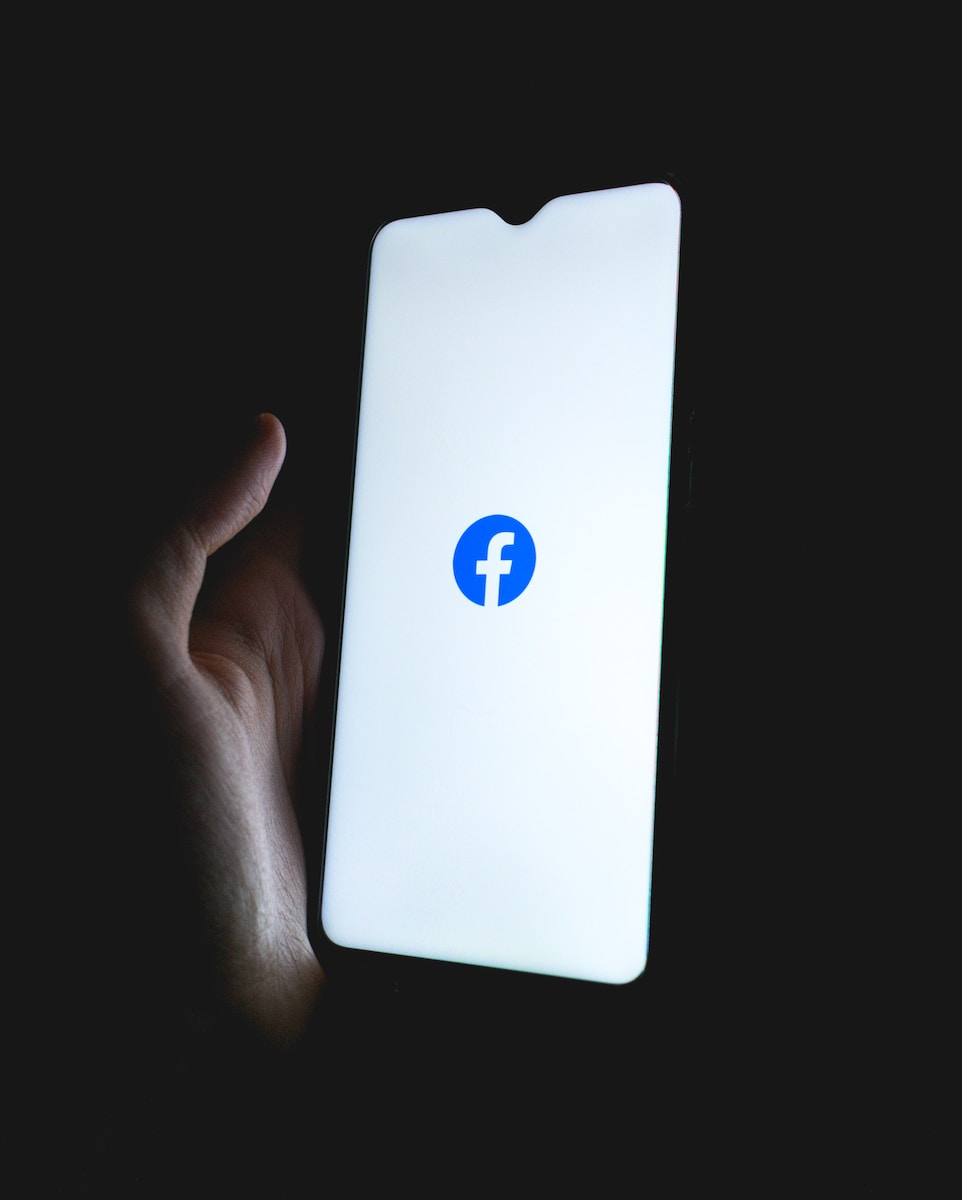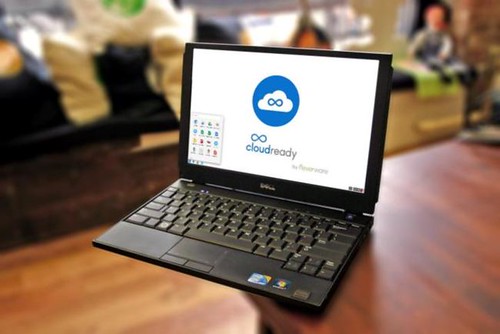For the past years we’ve been recorded in public on security cameras, police bodycams, livestreams, other people’s social media posts, and so on. But even if there’s a camera in our face, there has always been a slight assurance that strangers wouldn’t really be able to do anything that affects us with the footage. The time and effort it would take for someone to browse through months of security footage to find a specific person, or search the internet on the off-chance they’ll find you is just unrealistic. But not for AI.
Long possible in Hollywood thrillers, the tools for identifying who someone is and what they’re doing across video and images are taking shape. Companies like Facebook, Google and Baidu have been working on such artificial intelligence-powered technology for years.
But the increasing rate of success and widening availability of these systems foretell a near future when every video is analyzed to identify the people, objects, and actions inside.
Artificial intelligence researchers have struggled for years to build algorithms that could look at a picture and tell what it depicts. The complexity of images, each containing millions of pixels that form unique patterns, was just too complicated for hand-coded algorithms to reliably work.
Since then the systems have grown in complexity and scale. Researchers began making larger networks of “neurons,” while hardware manufacturers like NVIDIA began engineering specialty processors to make the networks exponentially faster. The result has been a nearly unbelievable rise in what the systems can accomplish. Given a large dataset of images or video, these systems can be trained to learn what a person’s face looks like, and reliably identify it again and again.
Facebook has also showed interest in this technology to understand who are in livestreams on the site and what they’re doing. In an interview last year, director of Applied Machine Learning Joaquin Quiñonero Candela said that, ideally, Facebook would understand what’s happening in every live video, in order to be able to curate a personalised video channel for users.
Facial recognition in still images and video is already seeping into the real world.
Baidu is starting a project where facial recognition is used instead of tickets for events. The venue knows who you are, possibly from a picture you upload or your social media profile, sees your face when you show up and knows if you’re allowed in. Paris tested a similar feature at its Charles de Gaulle airport for a three-month stint this year, following Japan’s pilot program in 2016, though neither organizations have released results of the programs.
US governments are already starting to use the technology in a limited capacity. Last week the New York department of motor vehicles announced that it had made more than 4000 arrests using facial recognition technology. Instead of scanning police footage, the software is used to compare new drivers’ license application photos to images already in the database, making it tougher for fraudsters to steal someone’s identity.
If state or federal governments expand into deploying facial recognition and AI in public, they will already have a database of more than 50% of American adults from repositories like DMVs. And again, the bigger the dataset, the better the AI.
Security cameras are also getting a dose of AI. Intel announced in April that it had developed hardware for security cameras capable of “crowd density monitoring, stereoscopic vision, facial recognition, people counting,” and “behavior analysis.”
Another camera, called the DNNCam, is a deep learning camera that’s waterproof, self-sufficient, and claims to be virtually indestructible, meaning it can be set to work in remote environments away from internet connections or behind a cash register for “regular customer recognition,” according to the website.
So what has a privacy-minded, law-abiding citizen to do when surveillance becomes the norm? Not much. Early research has identified ways to trick facial recognition software, either by specially-made glasses to fool the algorithms or face paint that throws off the AI. But these often require knowledge on how the facial recognition algorithm works. This is just a heads up.





